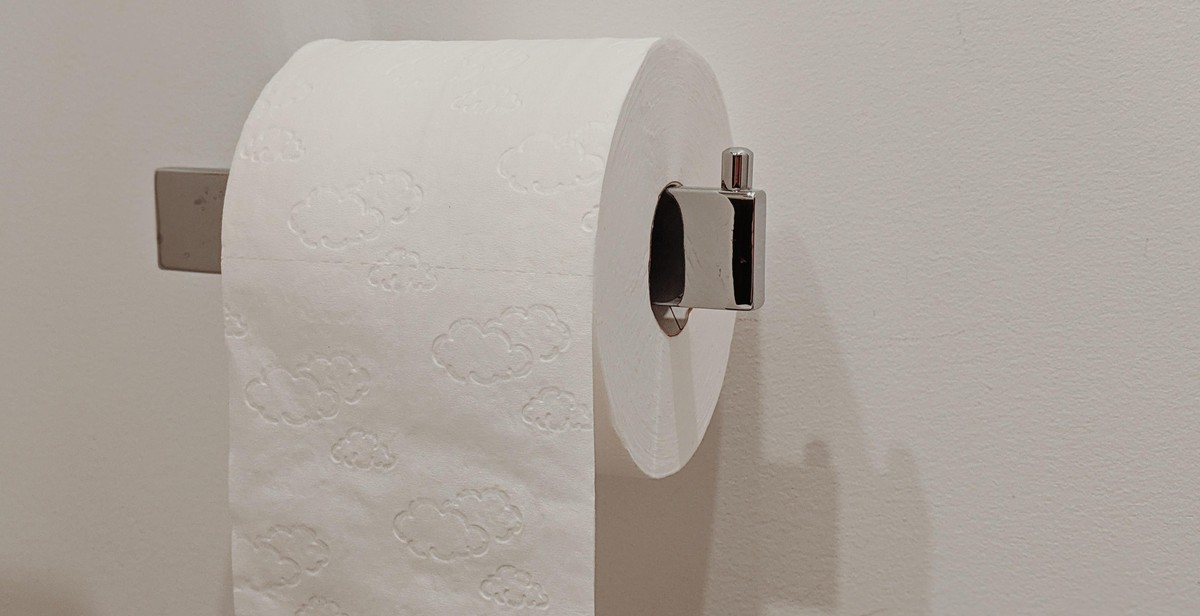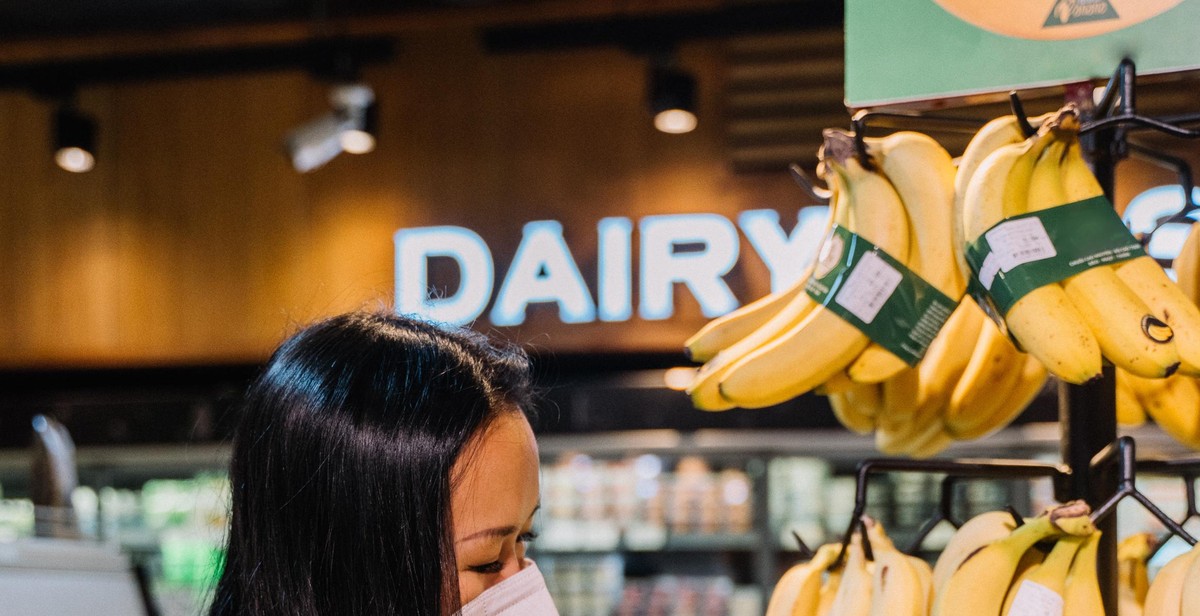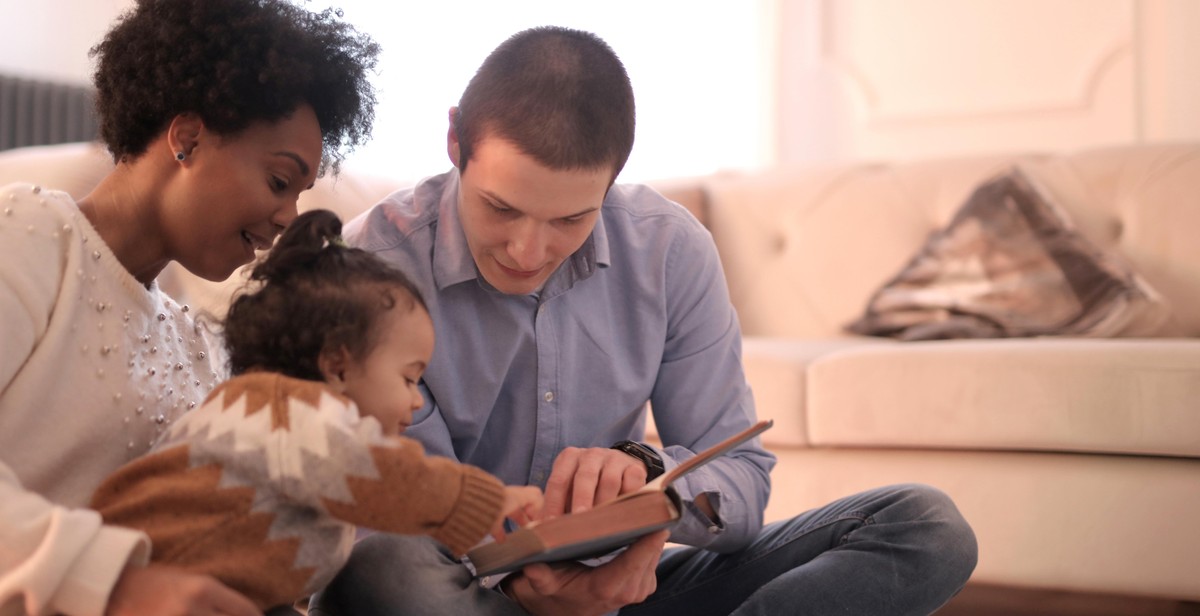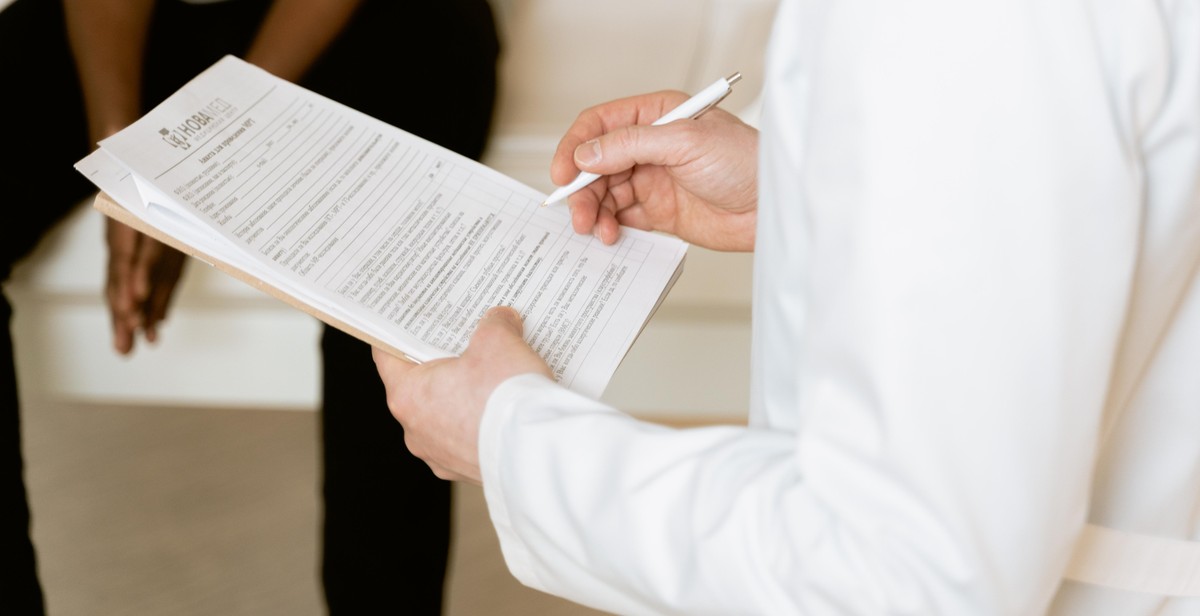How to Babyproof Your Home: Creating a Safe Environment for Your Little One
Babyproofing your home is an important step in ensuring the safety of your little one. As a parent, it’s natural to worry about your child’s well-being, and taking steps to protect them from common household hazards is essential.
Why Babyproofing is Important
Young children are naturally curious and love to explore their surroundings. Unfortunately, this can lead to accidents and injuries, especially as they begin to crawl and walk. By babyproofing your home, you can help prevent accidents and ensure that your child is safe and secure.
Common Household Hazards
There are many household hazards that can pose a risk to young children, including sharp objects, toxic substances, and electrical outlets. Falls are also a common cause of injury, so it’s important to secure furniture and other items that could tip over or be climbed on.
- Sharp objects: Knives, scissors, and other sharp objects should be kept out of reach of children.
- Toxic substances: Cleaning supplies, medications, and other toxic substances should be stored in locked cabinets or out of reach of children.
- Electrical outlets: Electrical outlets should be covered with outlet covers or safety plugs to prevent children from inserting objects into them.
- Falls: Use safety gates at the top and bottom of staircases, and secure furniture and other items that could be climbed on or tipped over.
By identifying and addressing these common hazards, you can create a safe and secure environment for your little one to explore and grow in.

Assessing Your Home
Before you start babyproofing your home, it’s important to conduct a thorough room-by-room inspection to identify potential hazards. Here are some key steps to follow:
Room-by-Room Inspection
Begin by walking through each room of your home and taking note of any potential hazards. Consider the following:
- Are there any sharp edges or corners on furniture?
- Are there any loose rugs or carpets that could cause tripping?
- Are there any cords or wires that could pose a strangulation hazard?
- Are there any small objects or choking hazards within reach?
- Are there any windows or doors that could be easily opened by a child?
- Are there any electrical outlets or appliances that are within reach?
Identifying Potential Hazards
Once you’ve identified potential hazards, prioritize your babyproofing efforts based on the severity of the risk. For example, hazards such as exposed electrical outlets or sharp corners on furniture should be addressed immediately, while hazards such as loose rugs or carpets can be addressed at a later time.
It’s also important to consider your child’s age and developmental stage when assessing potential hazards. For example, a crawling baby will have different needs than a toddler who is learning to walk.
Prioritizing Your Babyproofing Efforts
Once you’ve identified potential hazards and prioritized your babyproofing efforts, it’s time to start making changes. Some common babyproofing measures include:
- Installing outlet covers
- Using corner guards on furniture
- Installing baby gates at the top and bottom of stairs
- Moving breakable objects out of reach
- Securing loose rugs or carpets
- Using cord covers or cord shorteners
- Installing window locks or guards
By taking the time to assess your home and prioritize your babyproofing efforts, you can create a safe environment for your little one to explore and grow in.

Babyproofing Essentials
When it comes to babyproofing your home, there are several essential items that every parent needs to consider. These items will help keep your little one safe and secure while exploring their new environment.
Outlet Covers and Plug Protectors
One of the first things you should consider when babyproofing your home is outlet covers and plug protectors. These simple devices will prevent your baby from sticking their fingers or objects into electrical outlets and potentially getting electrocuted.
- Make sure to choose outlet covers that are easy for adults to remove but difficult for children to take off.
- Plug protectors should fit snugly into the outlet and have a safety release mechanism.
Corner and Edge Guards
Sharp corners and edges on furniture and other items can pose a serious danger to your baby. Corner and edge guards can help prevent injuries from bumps and falls.
- Look for guards that are easy to install and remove, and that won’t damage your furniture.
- Choose guards that are made from non-toxic materials and are easy to clean.
Stair Gates and Door Locks
Stair gates and door locks are essential for keeping your baby safe and secure, particularly if you have stairs in your home.
- Choose a stair gate that fits securely and is difficult for your baby to open.
- Door locks should be childproof and easy for adults to use.
Window Guards and Safety Netting
Windows can be a serious hazard for babies and young children. Window guards and safety netting can help prevent falls and other injuries.
- Make sure to choose guards and netting that are easy to install and remove, and that won’t damage your windows.
- Check that the guards and netting are made from strong, durable materials that can withstand pressure.
By investing in these essential babyproofing items, you can create a safe and secure environment for your little one to explore and grow in.

Additional Precautions for Babyproofing Your Home
While securing cabinets and drawers and installing baby gates are some of the most common precautions taken to babyproof a home, there are other important measures that parents should take to ensure their little ones’ safety. Here are some additional precautions you can take:
Securing Heavy Furniture
Large pieces of furniture such as bookshelves, dressers, and televisions can pose a serious risk to babies and young children if they are not secured properly. Make sure to anchor these pieces of furniture to the wall using brackets or straps to prevent them from tipping over.
Keeping Dangerous Items Out of Reach
Sharp objects such as knives, scissors, and razors should be kept out of reach of children. Store them in locked cabinets or drawers. Other dangerous items such as cleaning supplies, medications, and batteries should also be kept out of reach and stored in childproof containers.
Preventing Burns and Scalds
Hot liquids and surfaces can cause severe burns and scalds to babies and young children. To prevent such incidents, make sure to keep hot liquids and foods away from the edges of tables and counters. Use back burners on the stove and turn pot handles away from the edge. Install anti-scald devices on faucets and set your water heater temperature to 120 degrees Fahrenheit or lower.
Avoiding Suffocation and Choking Hazards
Babies and young children can easily suffocate or choke on small objects such as coins, buttons, and balloons. Keep these items out of reach and make sure to regularly check your child’s toys for loose parts or small pieces that could be a choking hazard. Additionally, avoid using bumper pads in your baby’s crib as they can pose a suffocation risk.
By taking these additional precautions, parents can create a safer environment for their little ones. Remember to regularly check your home for potential hazards and make changes as necessary to ensure your child’s safety.

Teaching Your Child About Safety
Creating a safe environment for your little one is not only about babyproofing your home, but also about teaching your child about safety. Here are some tips to help you teach your child about safety:
Setting a Good Example
Children learn by example, so it’s important to set a good example when it comes to safety. Always wear your seatbelt, look both ways before crossing the street, and wear a helmet when riding a bike. When your child sees you taking safety precautions, they are more likely to do the same.
Encouraging Safe Behavior
Encourage safe behavior by praising your child when they make safe choices. For example, if your child puts on their helmet before riding their bike, praise them for being safe. You can also use positive reinforcement to encourage safe behavior. For example, if your child wears their seatbelt without being reminded, reward them with a small treat or extra playtime.
Teaching Your Child How to Respond in an Emergency
It’s important to teach your child how to respond in an emergency. Teach them how to call 911 and what to say. Show them where the first aid kit is and how to use it. Practice fire drills and show them how to safely exit the house in case of a fire. By teaching your child how to respond in an emergency, you are giving them the tools they need to stay safe.
Overall, teaching your child about safety is an important part of creating a safe environment for your little one. By setting a good example, encouraging safe behavior, and teaching your child how to respond in an emergency, you are helping to keep your child safe and secure.

Conclusion
Babyproofing your home is an essential step to ensure your little one’s safety. By taking the necessary measures, you can create a safe environment for your baby to explore and grow without any risks.
Recap
When babyproofing your home, it’s crucial to focus on the areas that pose the most significant risks for your baby. These include the kitchen, bathroom, and stairs. You should also ensure that any hazardous items, such as cleaning products and sharp objects, are kept out of reach.
Final Thoughts
Babyproofing your home may seem like a daunting task, but it’s worth it to protect your little one. Remember to regularly check and update your safety measures as your baby grows and becomes more mobile. With a little effort, you can create a safe and secure environment for your baby to thrive in.
Stay Informed
- Stay up to date with the latest safety recommendations for babies and young children.
- Join parenting forums and groups to share tips and advice with other parents.
- Consult with a professional babyproofer for expert advice and assistance.
| Remember: | Safety first! |
